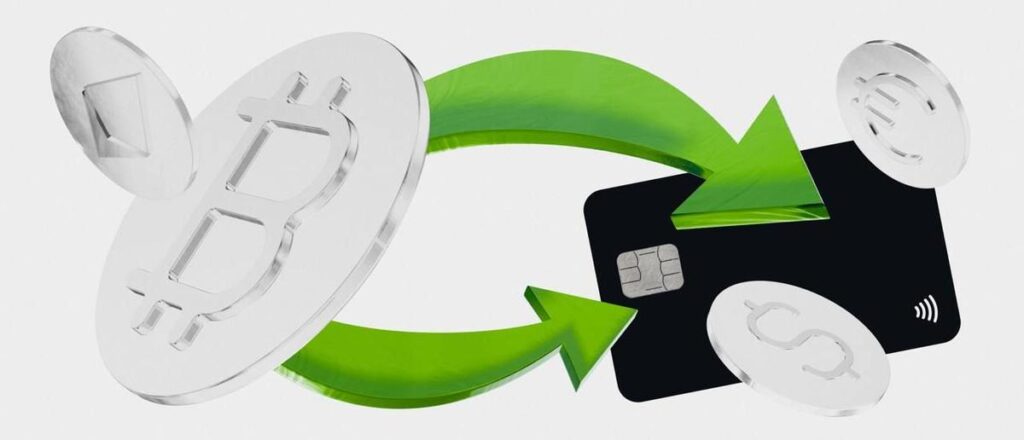Secure Your Crypto: How to Transfer Funds to a Cold Wallet
As the crypto market expands, safeguarding your digital assets becomes paramount. One of the most effective ways to protect your holdings from cyber threats is by transferring them to a cold wallet. In this comprehensive guide, we will delve into cold wallets, their importance in securing your crypto, the step-by-step process of transferring funds, and best practices to follow.
Understanding Cold Wallets
A cold wallet in the realm of cryptocurrency is an offline wallet, thus immune to online attacks unlike hot wallets that are connected to the internet, making them vulnerable to hacking attempts.
Key Differences Between Cold and Hot Wallets
- Web Connectivity: Cold wallets are offline, while hot wallets are online.
- Security Level: Cold wallets offer the highest security against online threats.
Types of Cold Wallets
There are primarily two types of cold wallets:
- Hardware Wallets: Physical devices that store private keys in an isolated environment, enhancing security.
- Paper Wallets: Store essential information offline, making them impervious to online threats.
Advantages of Using Cold Wallets
There are numerous advantages to utilizing cold wallets:
- Enhanced Security: Protection against online hacks and phishing attempts.
- Control Over Your Crypto: By holding private keys offline, you retain full control over your funds.
Step-by-Step Guide: How to Transfer Crypto to a Cold Wallet
- Select Your Cold Wallet: Choose a secure wallet that supports your cryptocurrencies.
- Set Up the Wallet: Follow the setup instructions and securely store your seed phrase.
- Generate a Receiving Address: Obtain the public address from your hardware wallet.
- Transfer Funds: Initiate a withdrawal from your exchange or hot wallet to the cold wallet address.
- Verify the Transaction: Confirm the transfer by checking the blockchain explorer.
- Securely Manage Your Cold Wallet: Safely store your wallet and maintain backups of your seed phrase.
Best Practices for Cold Wallet Use
- Securing Backups: Keep multiple copies of your seed phrase in secure locations.
- Testing with Small Transactions: Send a small amount to validate the transfer process before moving larger sums.
- Periodic Checks: Regularly verify access to your funds without compromising sensitive information.
In Conclusion, transferring your cryptocurrency to a cold wallet is a crucial step in safeguarding your digital assets. By adhering to this detailed guide, you can protect your funds from online threats and retain complete control over your investments, whether you are a seasoned investor or a novice, adopting cold storage practices is vital for securing your crypto holdings.


